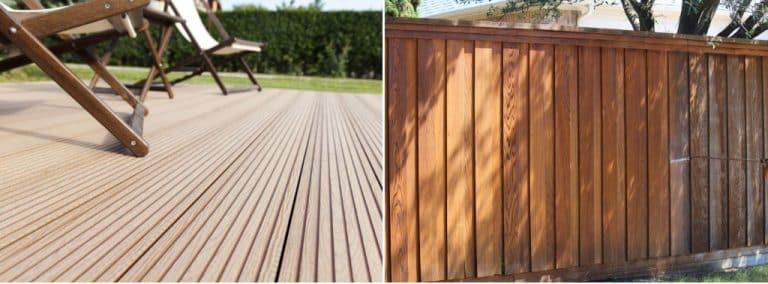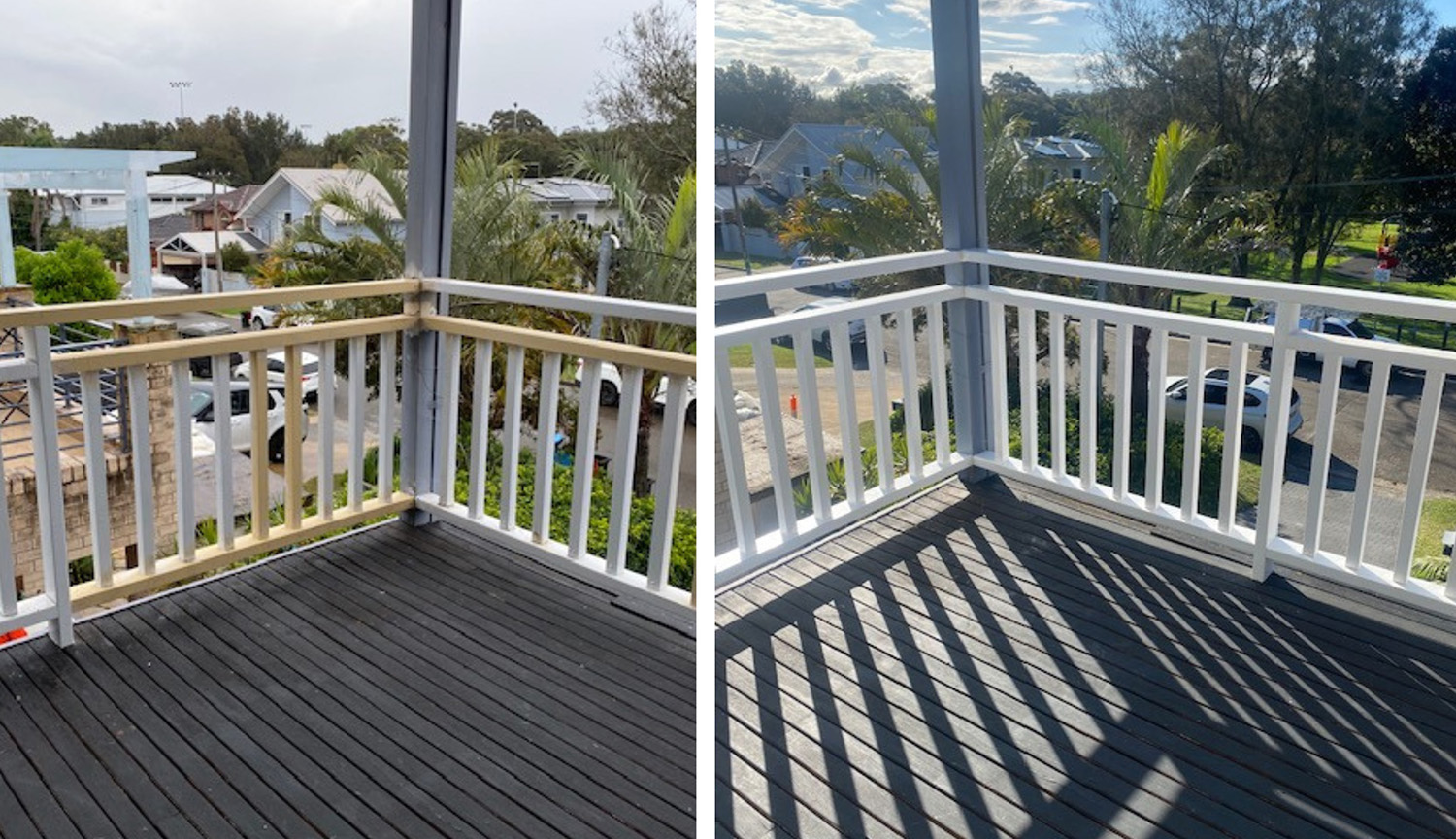Walkways guide people through our yards, and add to the mood and atmosphere of our homes. At a minimum, most homes have a garden path leading visitors to the door, but paths can be so much more. A path can become a work of art, leading the eye down and ahead, while directing the flow of traffic.
By ignoring paths, a garden’s feel can be disjointed and lack transition into varying spaces. Putting some thought into the type of path you would like, where it will lead, what it will be made from, and which sorts of plants will be featured, can really add to the look and feel of a home.
What does it take to make a great path and what options are there available when considering what type of path you may want?
Shape – Formal Vs Informal
One of the first things to consider is whether your garden has a formal or informal feel.
Formal gardens tend to be characterised by straight lines. These types of gardens work will with boxed hedges along straight edged, paved walkways.
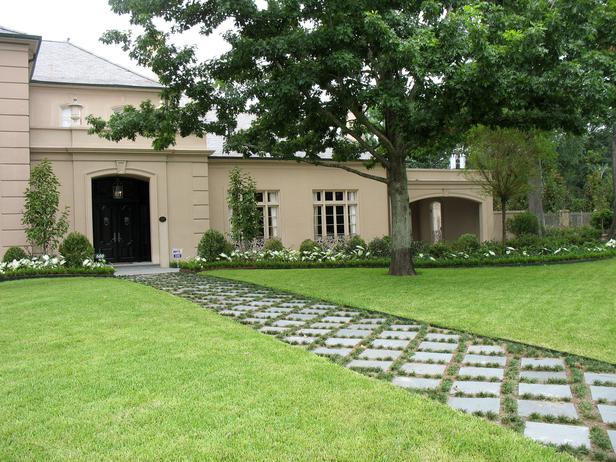
Informal gardens contain a lot more curves and in many ways offer a greater variety when considering gardening choices. They don’t have to comply with structural rules and can take on a cottage feel or work extremely well in sustainability environments, where meandering paths of stone or organic material link well into the general feel.
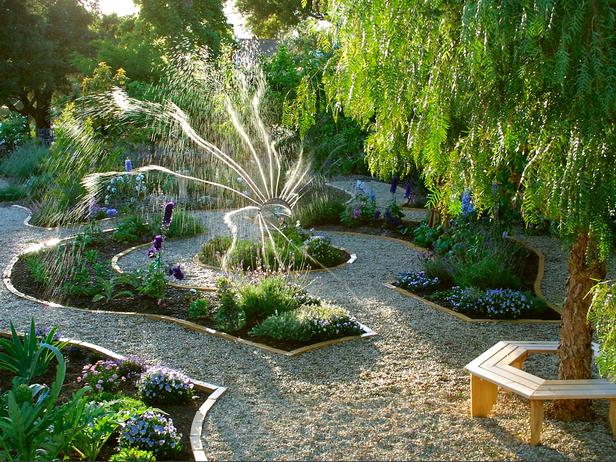
Materials
A huge variety of materials exists when considering creating garden paths.
Stone
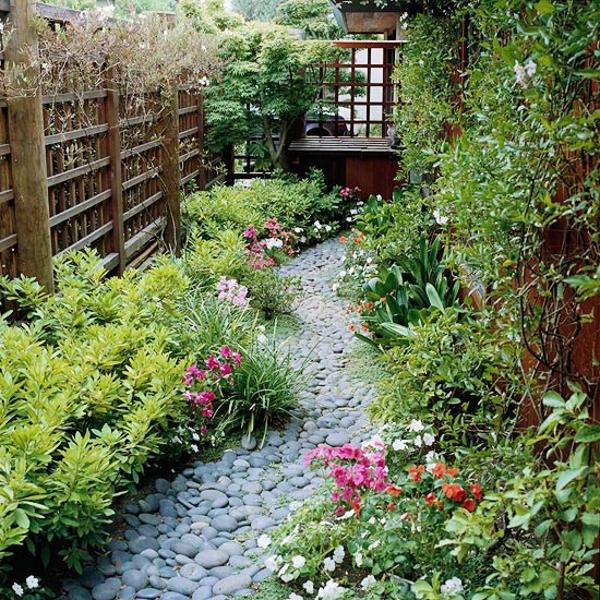
Mulch and Gravel
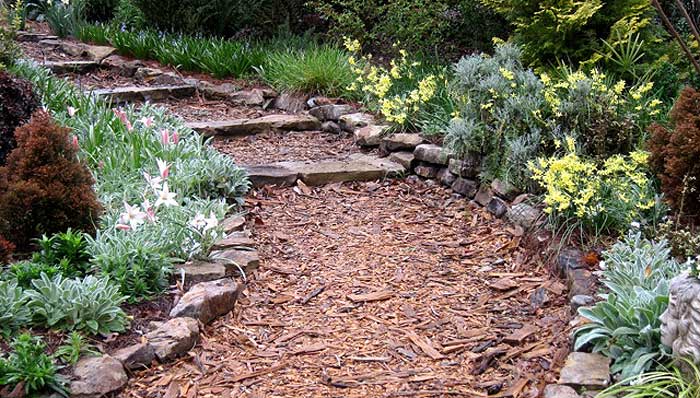
Stepping Stones
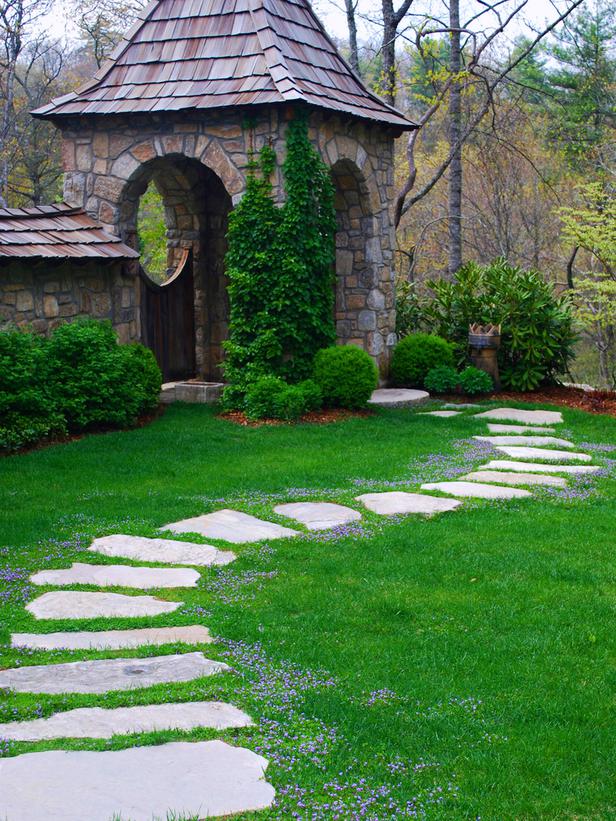
Paving
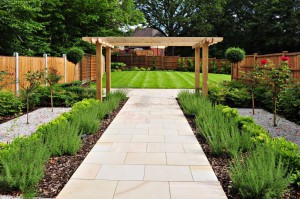
Lighting
The use of outdoor lighting on paths is also determined by the type of garden you choose to have.
Lanterns can work very well in informal gardens.
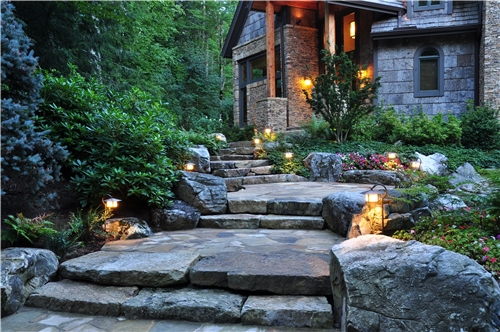
Post lighting, recessed fixtures, and strip lighting work well in formal gardens where they add to the decorum of the style.
Image Source: www.howtobeagardener.co.uk
Solar lighting might fit well with your ethos, if sustainability is one of your goals.
Image Source: www.lowes.com
If DIY is not your strong suit give, Hire a Hubby a call for an obligation free quote on 1800 803 339 or visit the website www.hireahubby.com.au.




